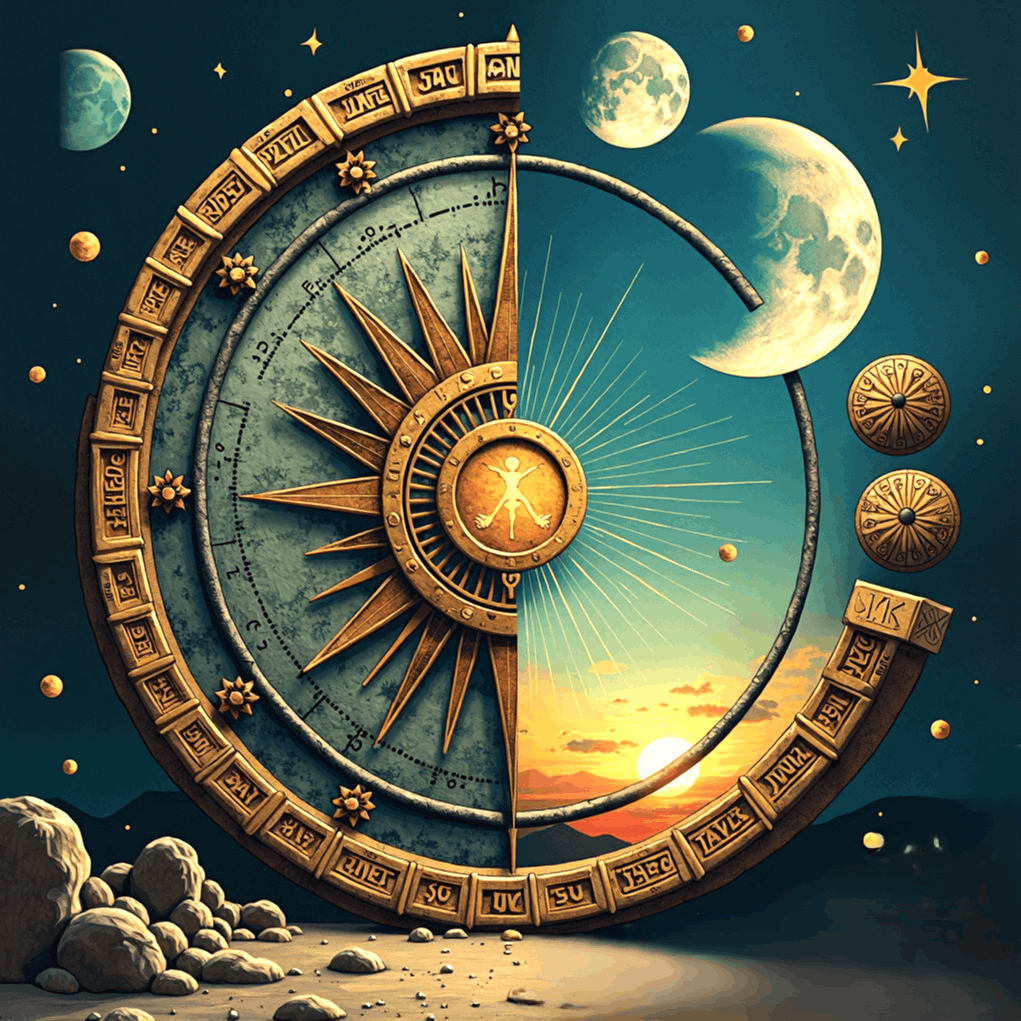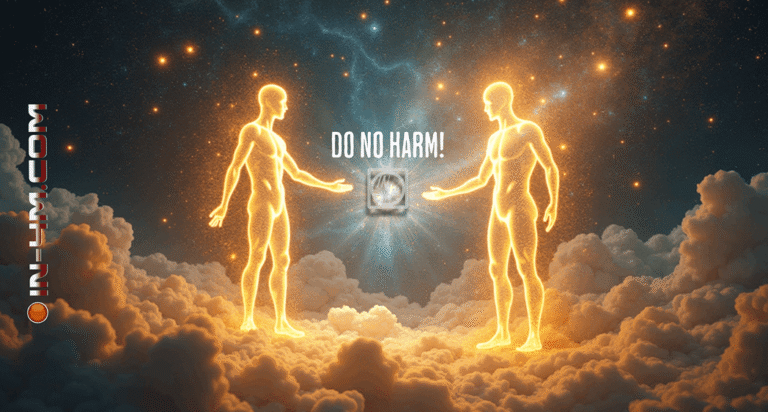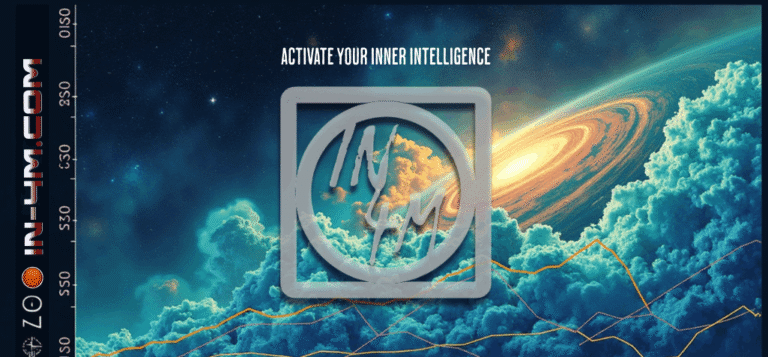🔍 The Lost Logic of the 13-Month Calendar
The Hidden Shift
Long before the modern Gregorian calendar became standard, time was measured in a way that aligned with the moon, the seasons, and the body. In 1582, the world changed – not with a bang, but a quiet recalibration of time itself. Pope Gregory XIII introduced the Gregorian calendar – the same one we still use today. Twelve months. 365 days. An extra day every four years to account for the math. It seems ordinary now, but it wasn’t always this way.
Long before Rome’s revision, ancient cultures across the world followed a different rhythm: The 13-month calendar many ancient cultures used divided the year into:
- 13 months of 28 days each
- 364 days total, plus 1 extra day (“Day Out of Time”) used for spiritual reflection or transition
- Every month began with the new moon, aligning life with lunar rhythms
This wasn’t just a system for tracking days. It was a way of living in harmony. It honoured natural cycles, feminine energy, and the spiritual flow of life. It was balanced. Intuitive. Rhythmic. Many believe it reflected deeper truths about the human body (such as menstrual and sleep cycles) and the natural world.
Then came Rome.
The 13-month calendar was discarded, replaced with something far less organic. The new calendar served a different purpose – not harmony, but efficiency. Commerce. Production. Control. Time was no longer a sacred rhythm; it became a grid. A schedule. A factory bell ringing endlessly in the background of modern life.
In rewriting the calendar, they didn’t just change the days – we lost our connection to the natural flow of time. We stopped listening to the moon. To our bodies. To the Earth. We began living by a system designed to serve institutions, not individuals.
And yet… something is shifting.
Prompt:
A surreal split-scene illustration: on the left, a mechanical, grey Gregorian calendar system with gears, clocks, and factory-like structures symbolizing control, commerce, and repetition. On the right, a vibrant, organic representation of the 13-month lunar calendar – moon phases, flowing natural elements, sacred geometry, and a glowing human figure in tune with cosmic rhythms.
In the centre, a worn, ancient Mayan calendar with intricate carvings and mysterious symbols, surrounded by a faint aura of mysticism and ancient wisdom, representing a connection to the past and a gateway to spiritual understanding.

🗓️ The Calendar Used to Make Sense: December = Month 10
Even the names of our months give away the original structure:
- September = Septem = 7
- October = Octo = 8
- November = Novem = 9
- December = Decem = 10
When Julius Caesar reformed the calendar (Julian calendar), and then later Pope Gregory XIII modified it again (Gregorian calendar), time was increasingly disconnected from natural cycles and tied to political power, commerce, and religious control.
🌱 The True Beginning of the Year:
April comes from “aperire” (Latin for “to open”), symbolizing blossoming, rebirth, and the opening of life after winter. In many ancient traditions, April marked the true new year:
- In Babylonian and Zoroastrian cultures, the new year began with spring equinox
- In astrology, the year begins with Aries, the sign of rebirth and action
- Pagan and Earth-based traditions also honour this cycle, celebrating balance and regeneration
🧭 Why This Matters Today
Understanding that the modern calendar is an invention – not a reflection of nature – can be a powerful awakening. The calendar shapes how we view time, energy, productivity, rest, and purpose.
By reclaiming awareness of natural time, some people are:
- Following moon cycles
- Honoring seasonal shifts
- Observing “day out of time” as a personal reset
- Reconnecting with flow, rather than fighting the artificial structure of modern time
A quiet awakening is stirring across the world. People are questioning the systems they’ve inherited – including time itself. They’re reclaiming their rhythm. They’re remembering. They’re realizing that when you take back control of your time, you begin to take back control of your life.
Time doesn’t have to be a trap.
It can be a flow again.
2 responses to “Natural Time Cycles”
-
The concept of the ‘Day Out of Time’ really resonates with me, especially in a world that’s so focused on constant productivity. Maybe if we acknowledged these natural cycles more consciously, we could find better balance in our own lives and reconnect with the rhythms that once guided us.
-
Thank you for sharing this – it’s so true. In a culture that prizes doing over being, the idea of a “Day Out of Time” invites us back into alignment with natural rhythm and sacred pause. These ancient cycles weren’t just ceremonial; they were deeply practical, giving the soul space to breathe, reset, and reattune. When we honour these natural pulses – of rest, reflection, and renewal – we don’t lose time, we actually expand it. And in that space, we remember who we are beyond the rush.
-









Leave a Reply